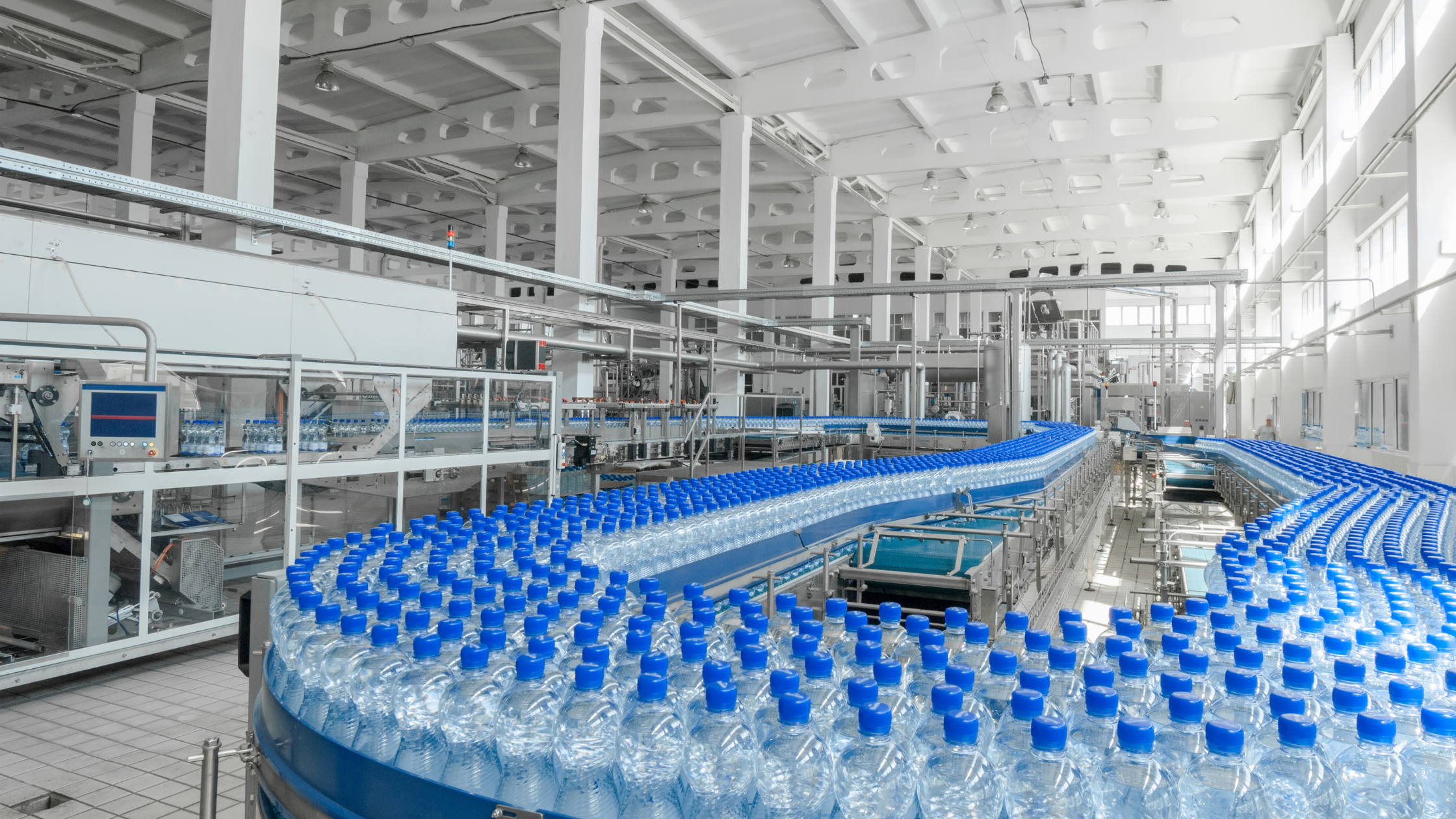The modern marvel of the conveyor belt is a mainstay in many production and fabrication facilities, enabling high levels of productivity for mass-production for more than a century. However, there’s a price to be paid for all this productivity: workplace accidents and injuries related to conveyors are common.
In fact, there are thousands of injuries every year as a result of conveyor-related accidents. All too many of these are even fatal. This is why conveyor safety in the workplace is such a crucial topic, one that needs to be discussed.
Typical Conveyor Accidents and Injuries
There are obvious dangers associated with conveyors. High-speed conveyors can move as quickly as 10 feet a second, and there are innumerable points in a conveyor system that can pinch a piece of an employee’s clothing, hair, jewelry, fingers, or even an entire arm. This is, of course, why it’s practically a universal requirement that any employees working on a production floor where conveyors are present to avoid wearing loose-fitting clothing, to keep long hair back and out of the way, and to even avoid wearing jewelry that might get caught in conveyor machinery.
There’s a reason you don’t want an employee caught in a conveyor. The results of having a run-in with one of these powerful, high-speed machines is almost always a losing proposition for a worker: injuries can range from minor cuts and bruises to much more serious injuries like lacerations, burns, broken bones, or even amputations. Sometimes these injuries can even be fatal. This high level of danger makes it absolutely imperative to ensure that there are strong safety regulations to keep workers from being harmed by these powerful machines.
Increasing Conveyor Safety in the Workplace
Good conveyor safety in the workplace goes further than just making sure your employees aren’t wearing anything that might get caught in a conveyor. Your conveyors also need to be fitted with proper safeguards. As each conveyor is different, these safeguards are often specific to the exact type; to prevent employees from coming into contact with pinch points, for example, these conveyors can have their chains enclosed. If this isn’t possible because of the design of the conveyor, then barrier guards are often installed instead to provide similar levels of protection.
Other effective safety measures for conveyors include emergency stop systems that are easily accessible to employees working near or on a conveyor, as these can stop an accident in its tracks if a worker is suddenly caught in a conveyor. Making emergency stop buttons or pull cords readily available can prevent a minor injury from becoming a serious one – or prevent an injury from occurring completely. Other safety requirements include locking out conveyor systems while under maintenance so that they cannot start up suddenly while work is being done on them.
The Most Important Facet of Conveyor Safety in the Workplace
Finally, we come to the one single facet of workplace conveyor safety that may be more important than any of the others: proper employee safety training. Creating and supporting a culture of safety at work, which includes relentlessly drilling employees on the safe way to operate machines such as conveyors, will help immensely in reducing the likelihood of a bad conveyor accident. This employee training, in addition to ensuring your conveyors are fitted with the proper safety equipment, will go far towards your goal of eliminating workplace injuries.
